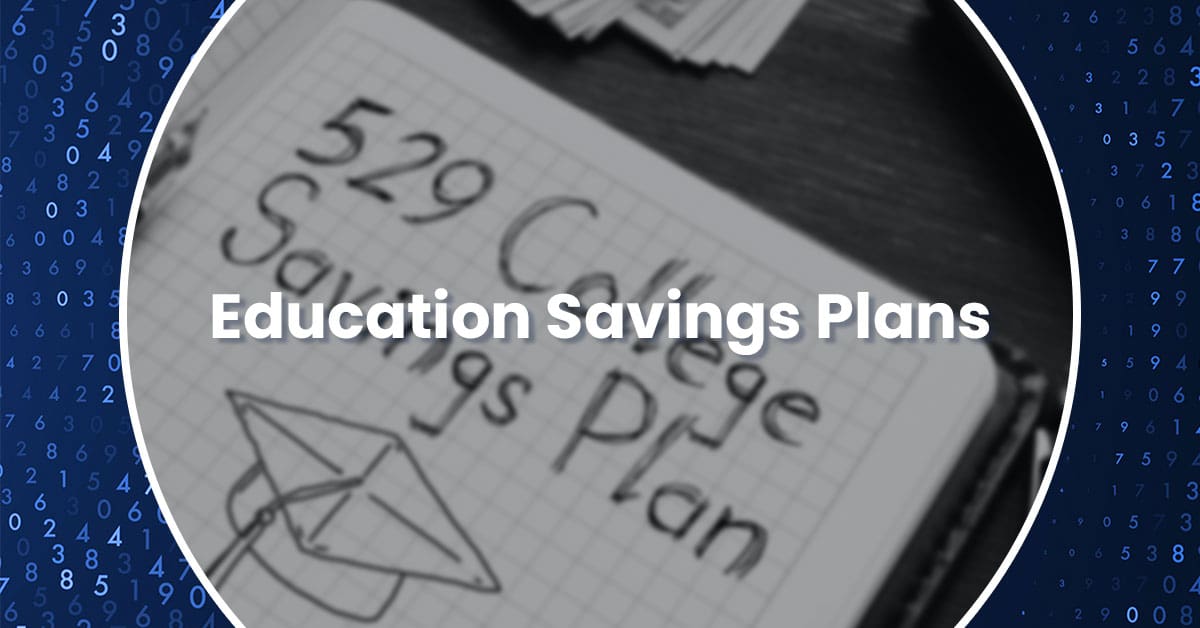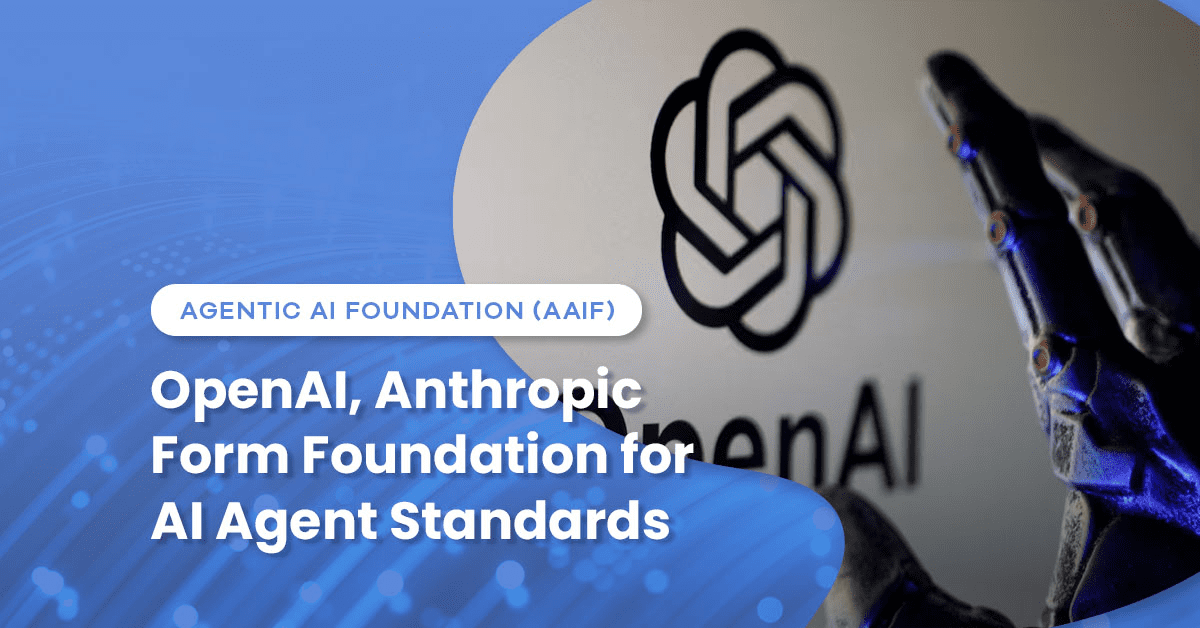President Trump signed into law the One Big Beautiful Bill Act (“OBBBA”) on July 4, 2025, and with it came some key changes to education savings plans for your child’s future and education.
Expanded Rules for 529 Plans
Starting January 1, 2026, the annual distribution limit is increased to $20,000 for qualified education expenses. Previously, the limit was $10,000.
The Act expands on the definition of qualified education expenses to include the following elementary or secondary school expenses:
- Tuition
- Curriculum materials
- Books and other instructional materials
- Online education materials
- Tuition for tutoring classes outside of the home so long as the tutor:
-
- is not related to the student
- is licensed as a teacher
- has taught at an educational institution
- is a subject matter expert in the relevant subject
-
- Fees for national standardized tests, advanced placement tests, or tests related to college admissions
- Fees for dual enrollment in a higher education institution
- Educational therapies for students with disabilities provided by a licensed practitioner
The Act also allows 529 funds to be used towards qualified postsecondary credentialing expenses, which include tuition, books, and supplies for beneficiaries enrolled in a qualified postsecondary credential program.
These programs include:
- Programs authorized by the Workforce Innovation and Opportunity Act
- Programs for military credentials
- Approved programs by the federal or state government
- Programs aligned with other approved postsecondary credential organizations
Lastly, the OBBBA now permits tax-free rollovers from 529 accounts to ABLE accounts beyond 2025. Previously, this provision was set to expire on December 31, 2025.
ABLE Accounts
The rules regarding ABLE accounts also saw significant expansion under the OBBBA. These tax-advantaged accounts are intended as a savings and investment vehicle for individuals with disabilities.
As of January 1, 2026, several provisions were extended:
- The ABLE-to-Work provision allows employed individuals with disabilities to contribute beyond the annual limit if they are not already contributing to a defined retirement plan.
- Contributions are eligible for the Saver’s Credit.
- Tax-free rollovers are allowed from 529 plans.
Starting January 1, 2027, the Saver’s Credit for ABLE account contributions eligible for the credit will increase to $2,100, and the maximum credit allowed will be $1,050.
Trump Accounts
Perhaps the most exciting provision of the OBBBA for parents is the introduction of Trump Accounts. These accounts are intended to serve as traditional individual retirement accounts for individuals under the age of 18. Special rules will apply to these accounts until the beneficiary turns 18, after which the accounts will presumably follow traditional IRA rules.
Starting July 4, 2026, accounts can be created for any individual under the age of 18 who has a social security number. Parents, family members, and friends are allowed to contribute a combined total of up to $5,000 per child each year until the child turns 18. Beginning in 2028, this contribution limit will be adjusted annually for inflation.
Additionally, U.S. citizens born between 2025 and 2028 will receive a one-time $1,000 deposit from the U.S. Treasury, funded specifically for these accounts. This deposit will not count toward the annual contribution limit. Employers can also contribute up to $2,500 per year to an eligible employee or their dependent, but these contributions will count toward the $5,000 annual limit.
Earnings within the account will grow tax-free until they are withdrawn. Once the beneficiary reaches the age of 18 or older, distributions will be taxed as ordinary income.
Additional guidance is still needed to understand implementation and the rules that apply to the account after the beneficiary turns 18. It is also unclear if these contributions will count towards the annual gift tax exclusion.
Take the Next Step for Your Child’s Education Savings Plans
The OBBBA introduces major enhancements to education savings plans, from higher contribution limits for 529 plans and expanded qualified expenses to new options like Trump Accounts and improved ABLE account benefits. These changes open the door for families to save more efficiently and take full advantage of new tax benefits, ensuring your child’s educational future is well supported.
Navigating these updates can be complex, but you don’t have to do it alone. If you want to make informed decisions and maximize these new opportunities, reach out today for personalized guidance from our experts. We’re here to help you create a strategy that fits your family’s needs and makes the most of what the OBBBA offers.





 Previous
Previous






